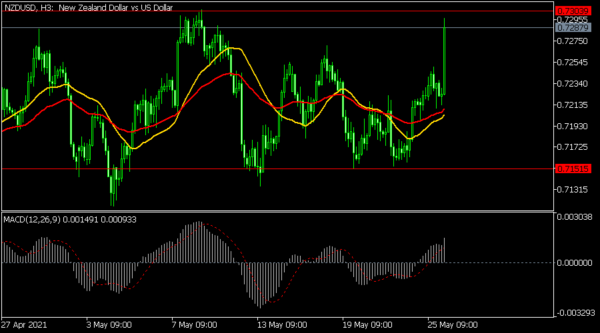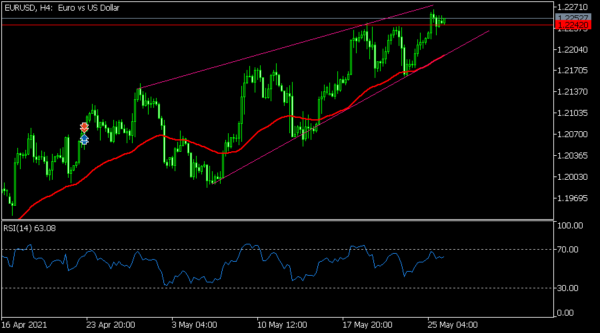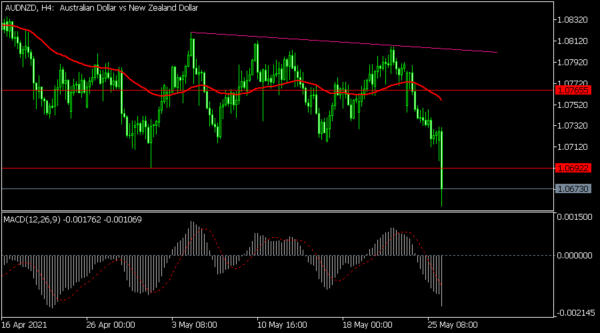The New Zealand dollar spiked after the latest interest rate decision by the country’s central bank. The bank left the Official Cash Rate (OCR) unchanged at 0.25%. It will also continue with its Large Scale Asset Purchase and Funding for Lending programs policies. It also pledged to leave interest rates at the current level until inflation rose to 2% and the unemployment rate falls. The bank noted that the country’s economy has made a strong recovery but that the tourism and hospitality sectors were yet to recover. It also lamented the rising cost of goods as raw materials surge and noted that its LSAP program was unlikely to hit its target of $100 billion by June 2022. Earlier on, data from the country showed that exports declined to N$5.37 billion while imports fell to N$4.98 billion in April.
The US dollar index rose slightly in the overnight session after the US published strong home price data. According to the Case-Shiller National Home Price Index, prices rose by 13.2% in April, the fastest growth since December 2005. This was an increase from the previous 12%. The median price of a new home was $372,000, 20% above where it was in April 2020. This performance is mostly because of low interest rates, high demand for homes, and the rising price of lumber. Lumber prices have more than tripled in the past 12 months. Analysts expect that ongoing supply and demand dynamics will keep pushing the prices higher.
The economic calendar will be relatively muted today. In Switzerland, ZEW will publish its business expectations numbers while in the United States, we will receive the latest mortgage data. In Mexico, the country’s statistics agency will publish the latest GDP data. Other important events will be the latest US crude oil inventory data and a statement by Richard Quarles of the Federal Reserve. Stock traders will also react to the latest earnings by Nvidia, Pinduoduo, Snowflake, and Workday, among others.
NZD/USD
The NZD/USD pair jumped to a high of 0.7295 after the latest RBNZ interest rate decision. On the four-hour chart, the pair approached its year-to-date high of 0.7300. It also moved above the 25-day and 15-day moving averages while the Relative Strength Index (RSI) and MACD have also risen. It has also invalidated the head and shoulders pattern that was forming before. Therefore, the pair may keep rising as bulls attempt to move above the year-to-date high.
EUR/USD
The EUR/USD is hovering near its highest level this year as investors react to the latest US house price index data. On the four-hour chart, the price is approaching the upper side of the rising channel, having risen by more than 3% from March this year. It is also above the 25-day moving average and the Ichimoku cloud. Therefore, the pair may keep rising with the next key target being at 1.2270. The pair may also retreat as bears target the lower side of the channel.
AUD/NZD
The AUD/NZD pair declined sharply after a relatively hawkish RBNZ decision. On the four-hour chart, the pair declined to a low of 1.0655, the lowest level since March. It also broke out below the important support at 1.0692 and the 25-day and 15-day moving averages. The MACD also declined below the neutral line. Therefore, the pair may keep falling as bears target the next key support and 1.06550.















